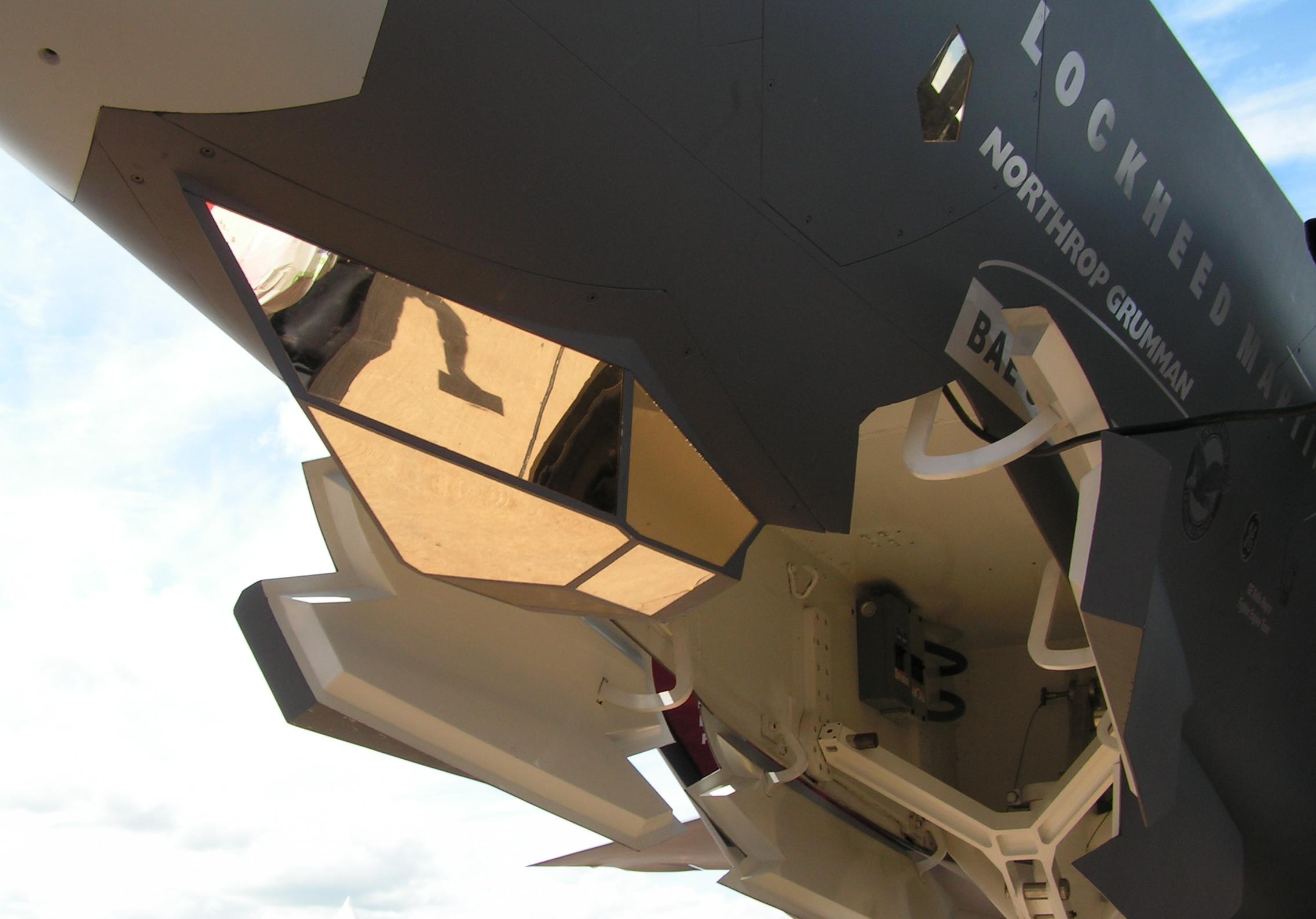Stealth

My latest at the Diplomat takes a look at the US refusal to export to Korea four key technologies associated with the F-35:
The four technologies in question are the active electronically scanned radar, the infrared search-and-rescue systems, the electro-optical targeting pod and the radio frequency jammer. Reports indicate that Korea will attempt to develop the latter two technologies indigenously, and the former two in cooperation with foreign (non-US) industry. The remaining technologies are certainly relevant to the future of the South Korean military industrial complex, and hundreds of American engineers are expected to soon begin work with their Korean counterparts.
So where does this leave the U.S. and South Korea? The decision has produced a firestorm of criticism in Seoul, some directed at the United States, and some directed at a government which looked unprepared for the highly likely eventuality of a DoD veto. The KF-X program is in trouble; it was intended to provide 120 fighters for South Korea (and another 80 for Indonesia) between 2025 and 2030. As Dev Majumdar notes, it is unlikely that South Korea will be able to develop all of the relevant technologies (or acquire them from other sources) in a timely fashion. The DoD decision could lead to a cancellation of the entire F-35 deal, which would leave Korea without a fifth generation fighter for the foreseeable future.
